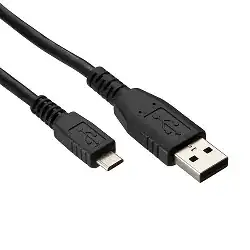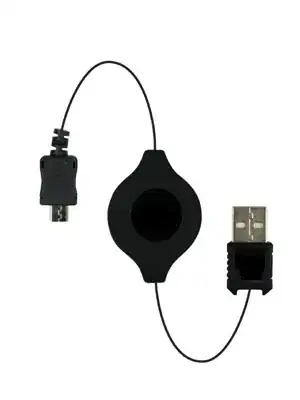To actually answer the point 2 of the question: Just read the cable specification!
Resistance is proportional to the length of the conductor, conductivity of the material and the diameter of the conductor. Since the current our power supply provides should be DC-ish, we don't need to worry about skin effect. That also means that we don't have to worry much about the capacitance and inductance of the cable.
The conductivity of the material will often be fixed, since cables should usually be copper.
As many others have noted, length should be as short as practically possible.
That leaves us with the diameter.
It's often actually written on the cable itself. The outer jacket of the cable will have inscriptions on it and usually you'll see temperature and voltage ratings, insulating material and so on, stuff many people don't bother to read.
Among those things, you'll see the description of the actual cables used within out bigger cable. For example, one cable I have says 28AGW/1P 28AWG/2C.
This means that internally, the cable has one 28 AWG twisted pair and two 28 AWG conductors. The AWG stands for American Wire Gauge. With AWG, higher the number, thinner is the wire you get.
Therefore you should look for cable which has a low AWG number for the /2C part. For example, you may see 26AWG/1P 24AWG/2C or maybe even 24AWG/1P 20AWG/2C (I haven't seen such micro USB cables myself, but I've heard legends of them).
It's a shame that USB cables usually give little information about the quality of the connectors used, because they will also have some impact on the resistance of the cable.
One other trick, that's indirectly related to cable, is to carefully read specifications of the power supply. USB power supplies will usually be 5 V nominal, since older USB expects 5.00 V± 0.25 V. What some power supplies do is try to take into account voltage drop of the cable when having their output voltage designed and being really tight on the high-end side of their internal voltage tolerances. For example, I have a Samsung EP-TA10EWE power supply which has nominal output voltage of 5.3 V. By the time this reaches the device, we'll almost certainly lose the 0.05 V and be in the USB specification again.
Also please keep in mind that although your particular power supply has rating of 36 W, the website you linked to also has rating of 2.4 A per port!

